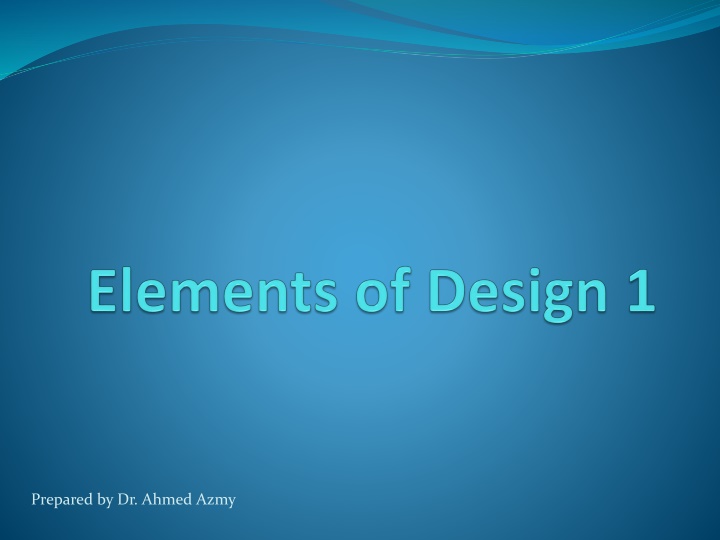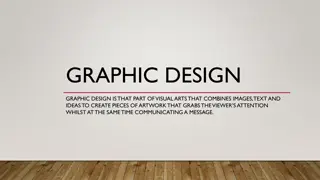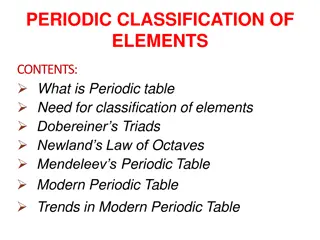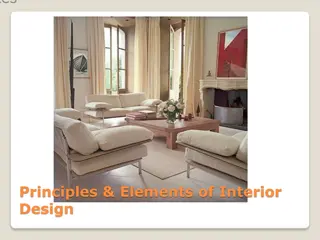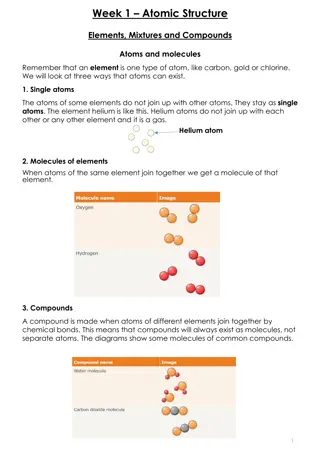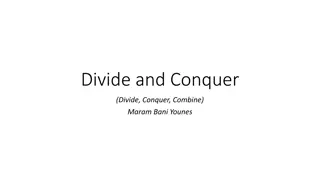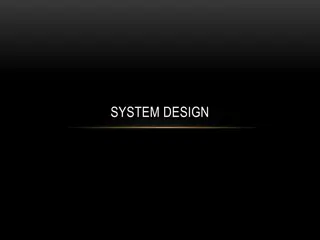Elements of Design: Basics Explained
Delve into the fundamental components of design through points and lines, exploring their significance and impact. From static points to dynamic lines, understand how these elements shape compositions and convey meaning in various forms of art and visual communication.
Download Presentation

Please find below an Image/Link to download the presentation.
The content on the website is provided AS IS for your information and personal use only. It may not be sold, licensed, or shared on other websites without obtaining consent from the author.If you encounter any issues during the download, it is possible that the publisher has removed the file from their server.
You are allowed to download the files provided on this website for personal or commercial use, subject to the condition that they are used lawfully. All files are the property of their respective owners.
The content on the website is provided AS IS for your information and personal use only. It may not be sold, licensed, or shared on other websites without obtaining consent from the author.
E N D
Presentation Transcript
What are Elements of Design? The elements of design are the basic components used as part of any composition. In most situations the elements of design build upon one another, the former element helping to create the latter
Point A point is an element that has position, but no extension When grouped with other points point tends to send to the brain concepts and evidence of other things rather than point. Line and shape are the natural result of multiple points in space.
Point A point marks a position in space. Conceptually, it has no length, width, or depth and is therefore static, centralized and directionless.
Point As the prime element in the vocabulary of form, a point can serve to mark: . Two ends of a line . Intersection of two lines . Meeting of lines at the corner of a plan or volume . Center of a field
Point A Central point
Point A focal point
Line A line is an element characterized by length and direction . It is a mark made by a moving point and having psychological impact according to its direction, weight, and the variations in its direction and weight. A line can be thick or thin; wavy, curved, or angular: continuous or broken; dotteddashed, or a combination of any of these.
Line TYPES OF LINE
Line TYPES OF LINE
Line (TYPES OF LINE) Horizontal Lines Emphasize width Suggests relaxation and calmness
Line (TYPES OF LINE) Horizontal Lines
Line (TYPES OF LINE) Horizontal Lines
Line (TYPES OF LINE) Vertical Lines Creates the impression of height Creates the feeling of strength and alertness
Line (TYPES OF LINE) Vertical Lines
Line (TYPES OF LINE) Vertical Lines
Line (TYPES OF LINE) Diagonal Lines Creates the feeling of movement or direction also restlessness or transition
Line (TYPES OF LINE) Diagonal Lines
Line (TYPES OF LINE) Diagonal Lines
Line (TYPES OF LINE) Curved Lines Indicates soft, graceful and flowing movements Curved Lines Indicates soft, graceful and flowing movements
Line (TYPES OF LINE) Curved Lines
Line (TYPES OF LINE) Curved Lines
Line (TYPES OF LINE) Curved Lines
Line (TYPES OF LINE) Spiral Lines Indicates soft movements, concentration and gatheringparts in one whole.
Line (TYPES OF LINE) Spiral Lines
Line In architecture, lines are often suggested by the structural materials designers choose for their buildings such as the random lines of natural stone or the sleek lines created by beams of steel or walls of glass. Modern buildings often use bold lines created by structural steel cross bracing
Line . Lines can also be suggested by the shape and massing of a building. For instance, a building can look horizontal or vertical.
Shape The simplest definition of shape is a closed contour, an element defined by its perimeter.
Shape A closed curved line can form the shape of : Circles Ovals Ellipses Free-Formed Closed Curves A combination of 3 or more straight lines can form the shape of : Triangles Rectangles Other geometric shapes
Shape The three basic shapes are: circle, rectangle (square) and triangle.
Shape Squares and Rectangles Symbolizehonesty, stability, equality and comfort. Circles Symbolizeinfinity, security and completeness. Triangles Symbolizeaction or conflict.
Shape The combination of the three elements of design: points, lines and shapes
Shape Architectural drawings are often resulted from The combination of the three elements of design: points, lines and shapes
